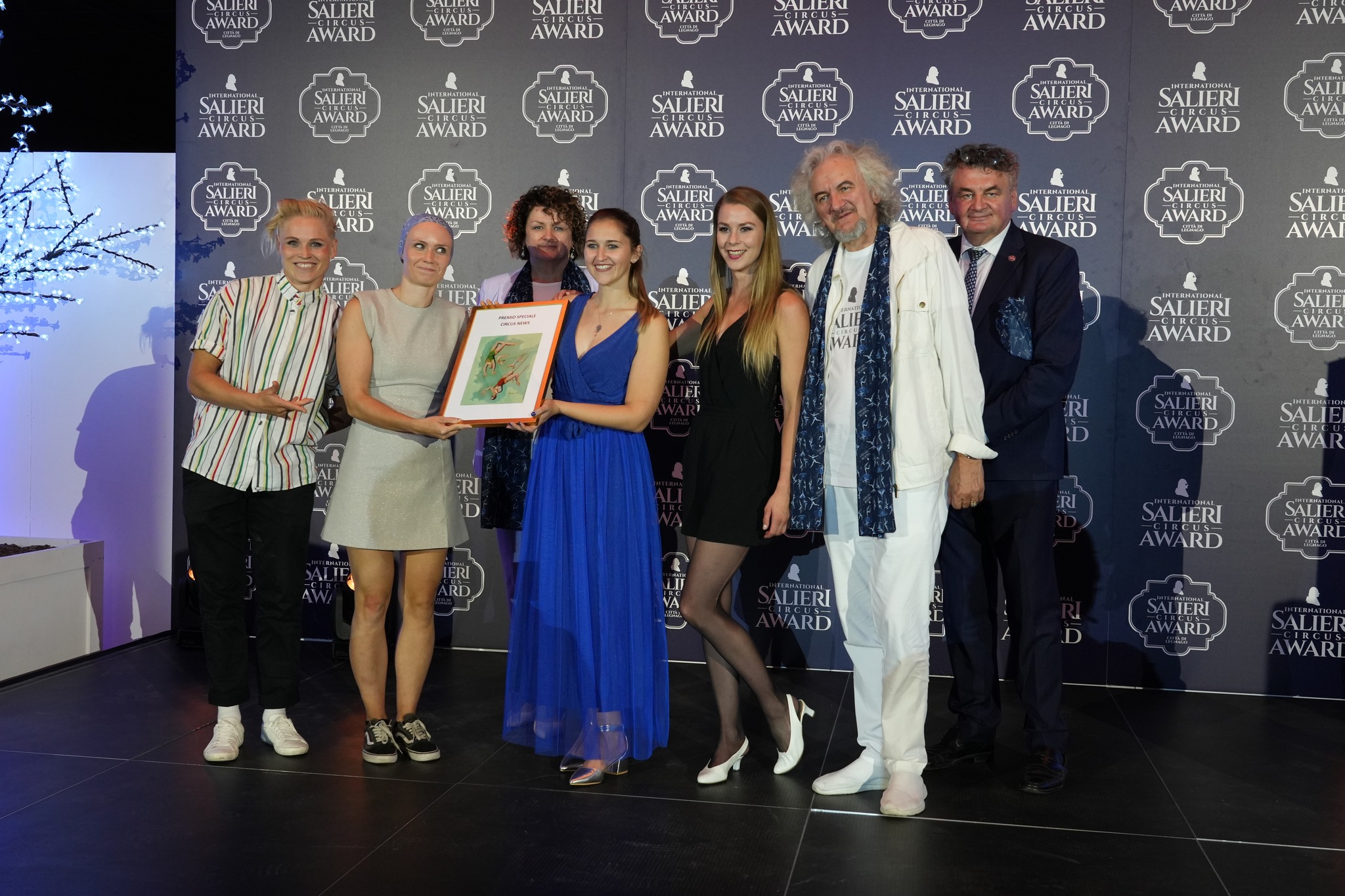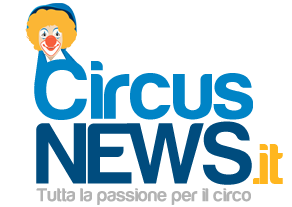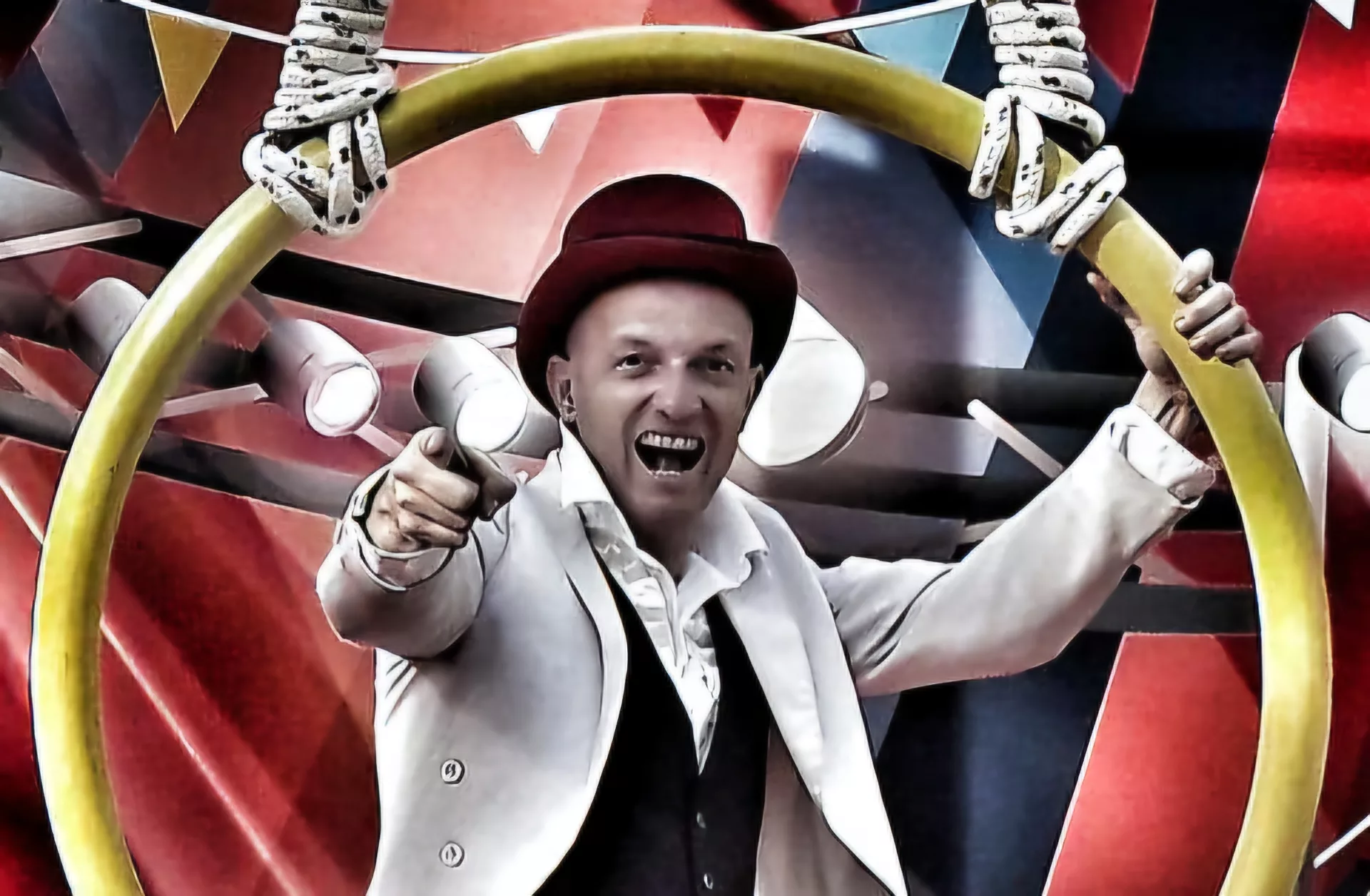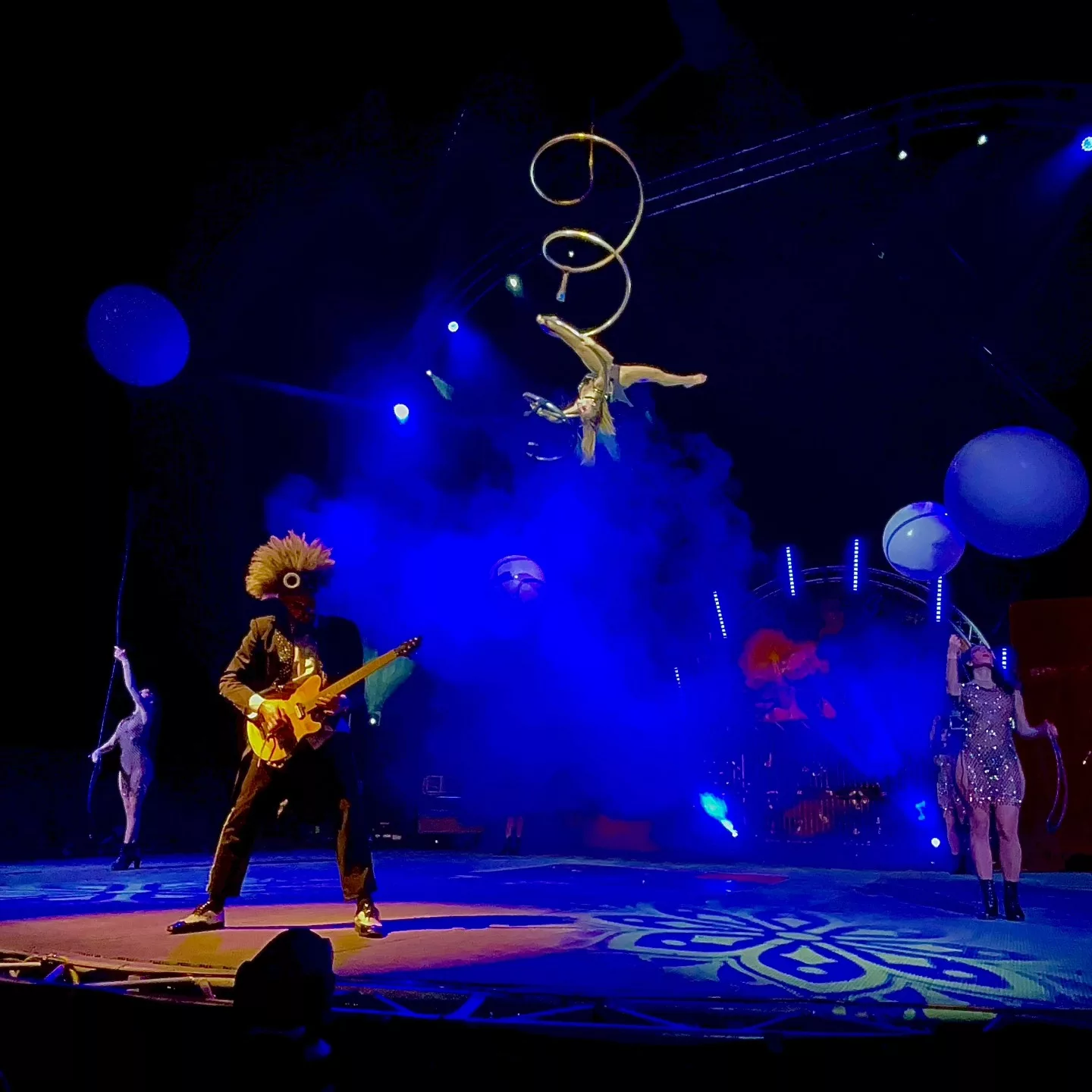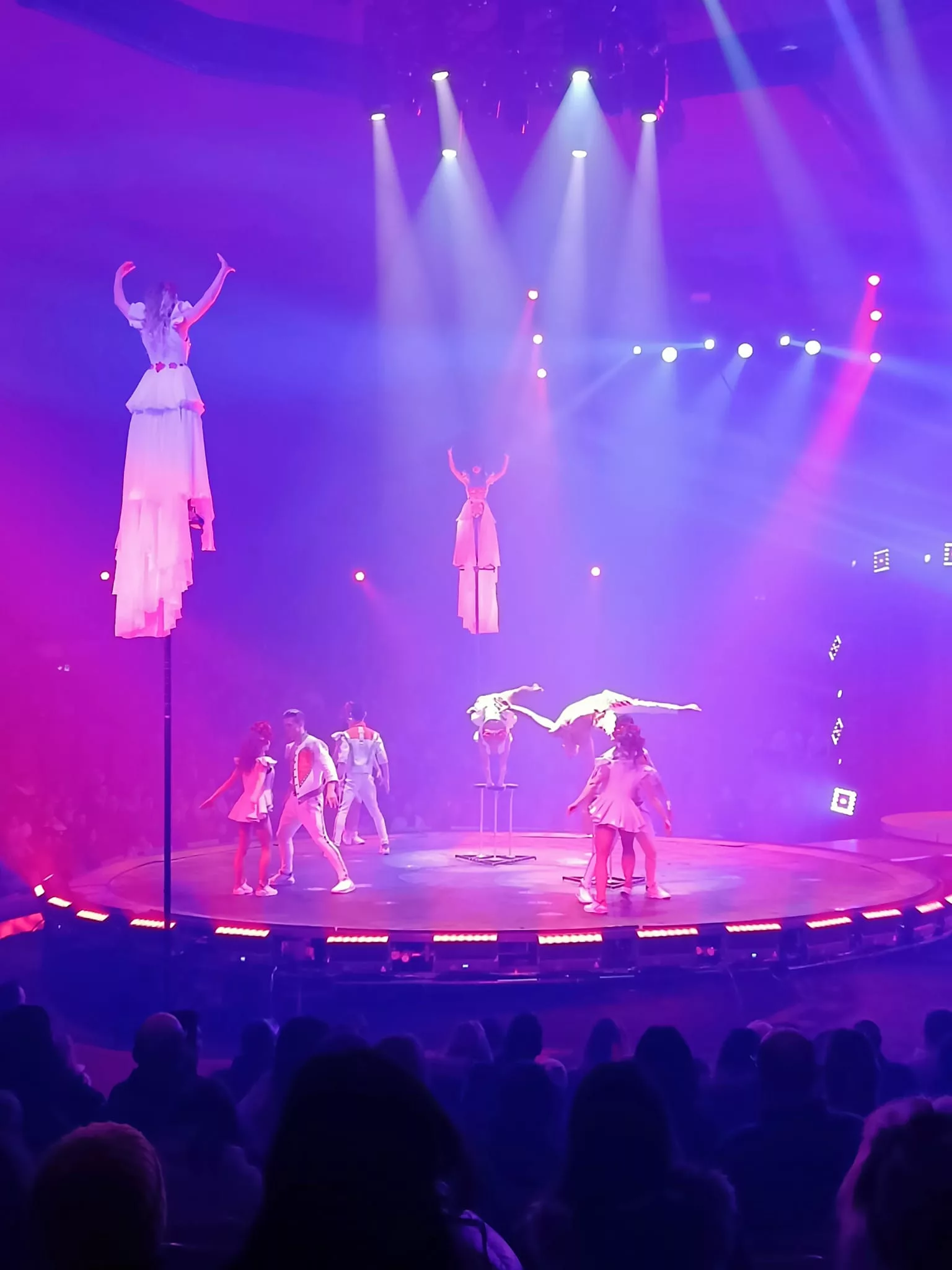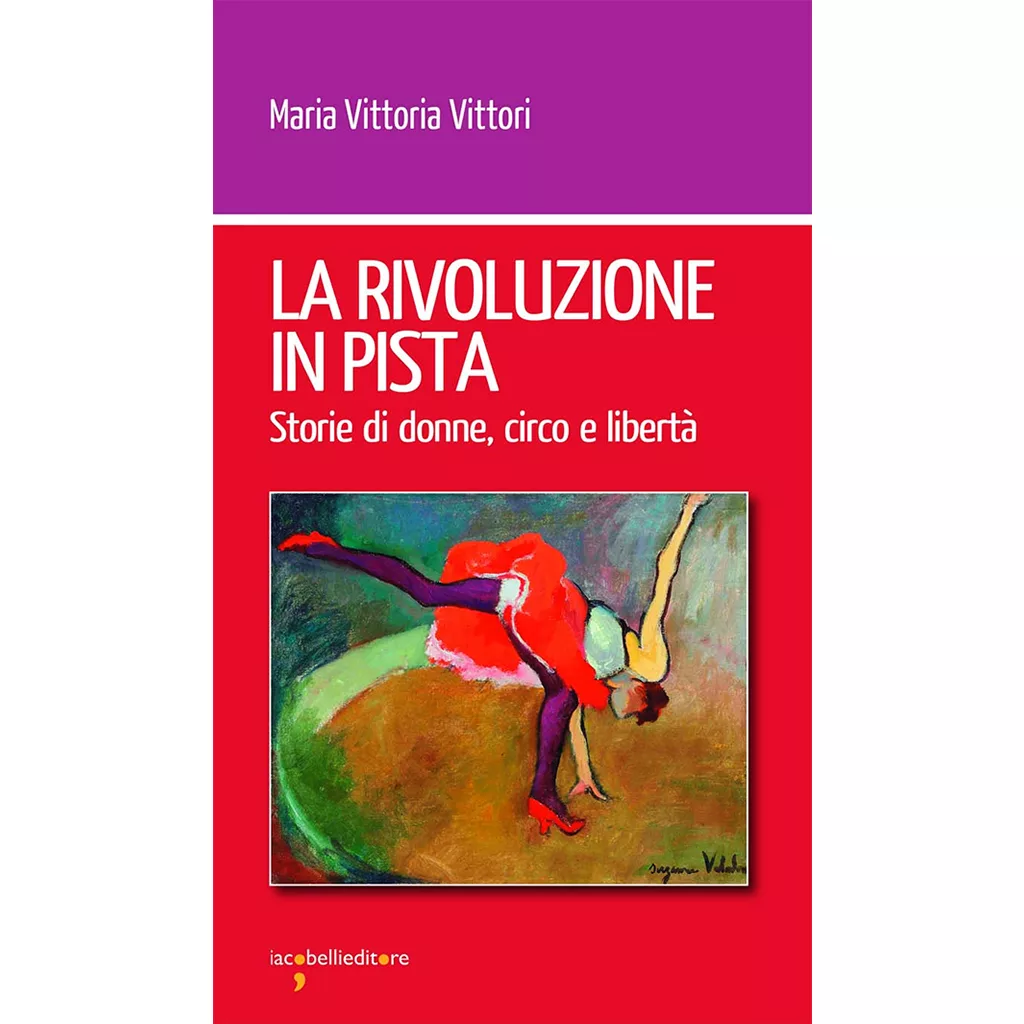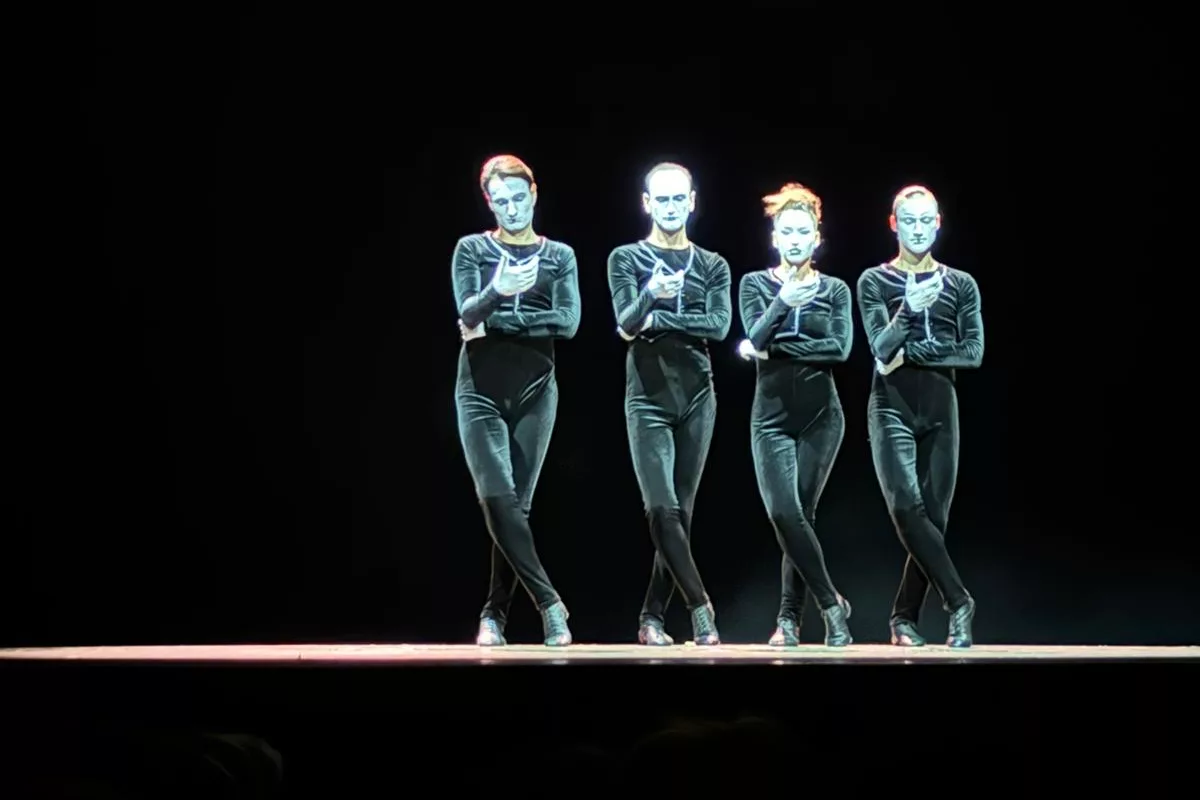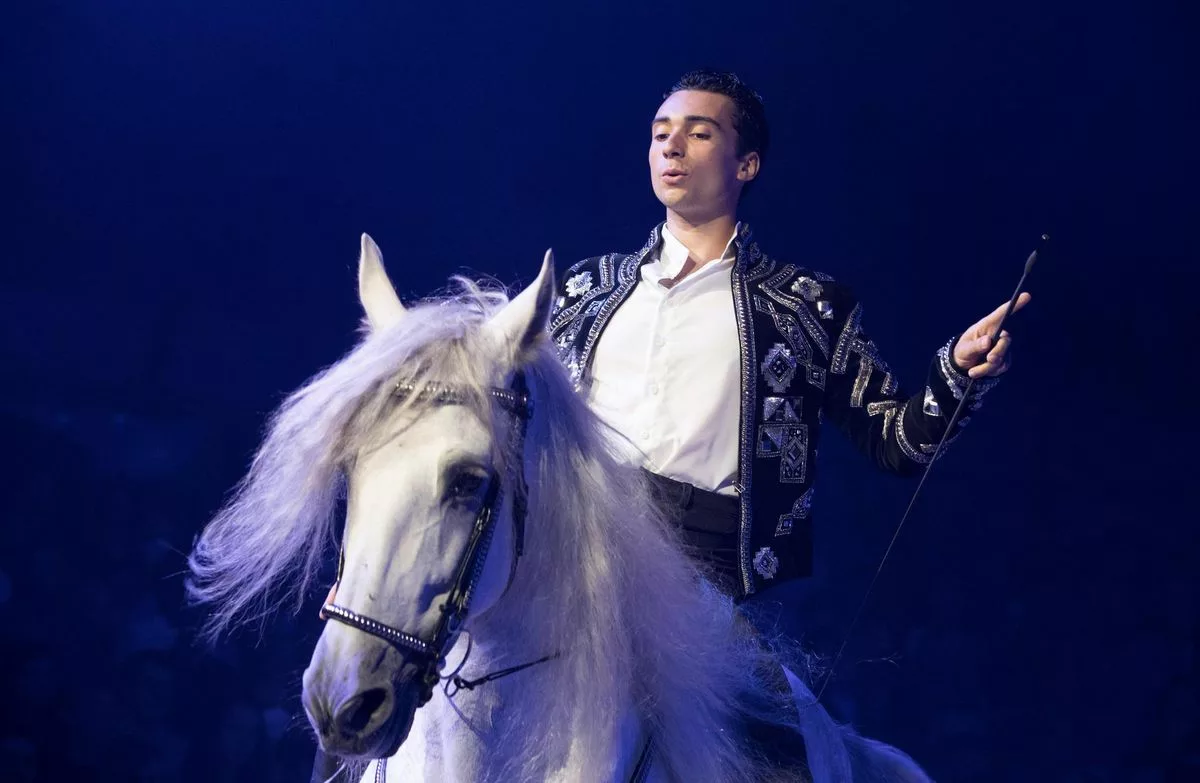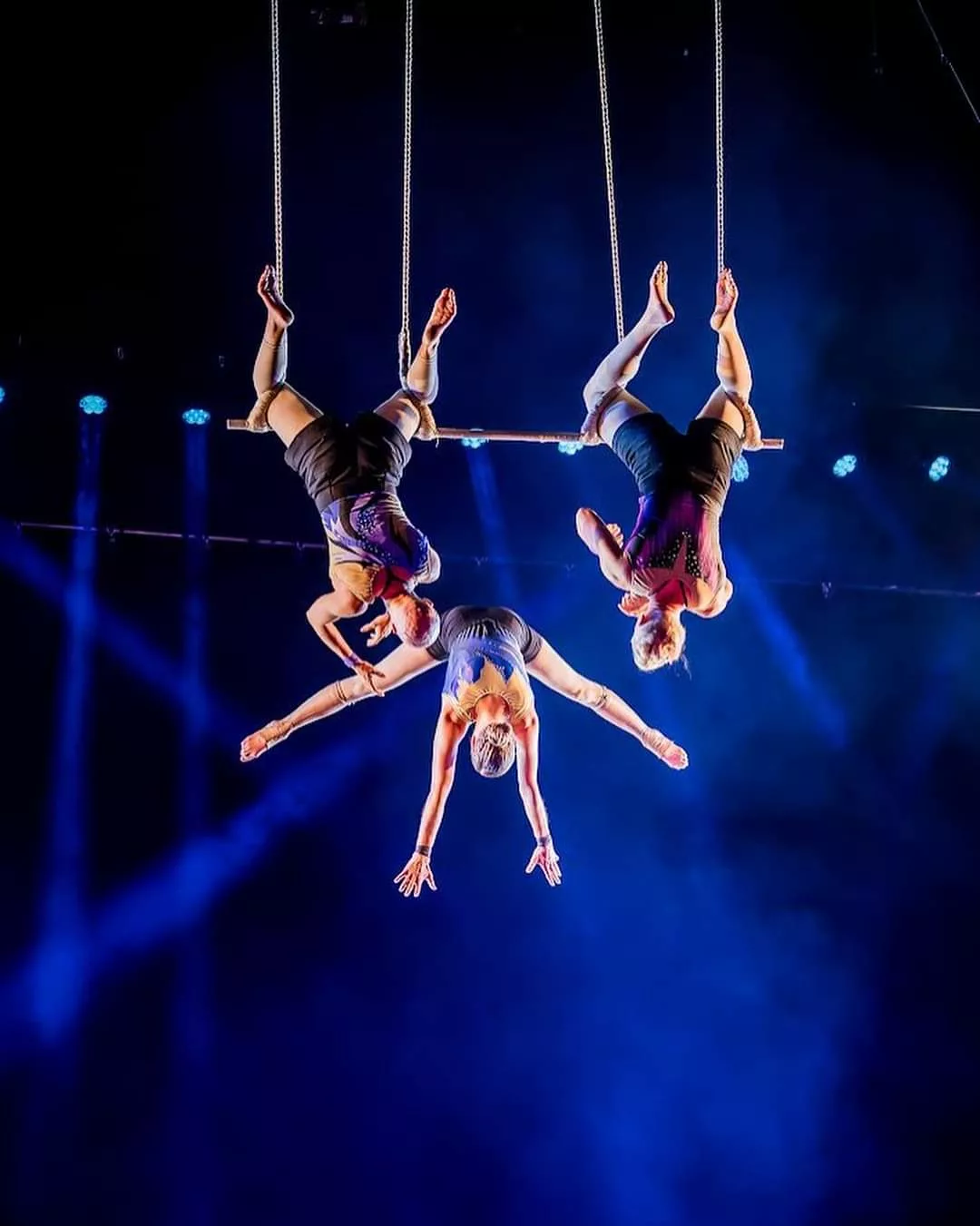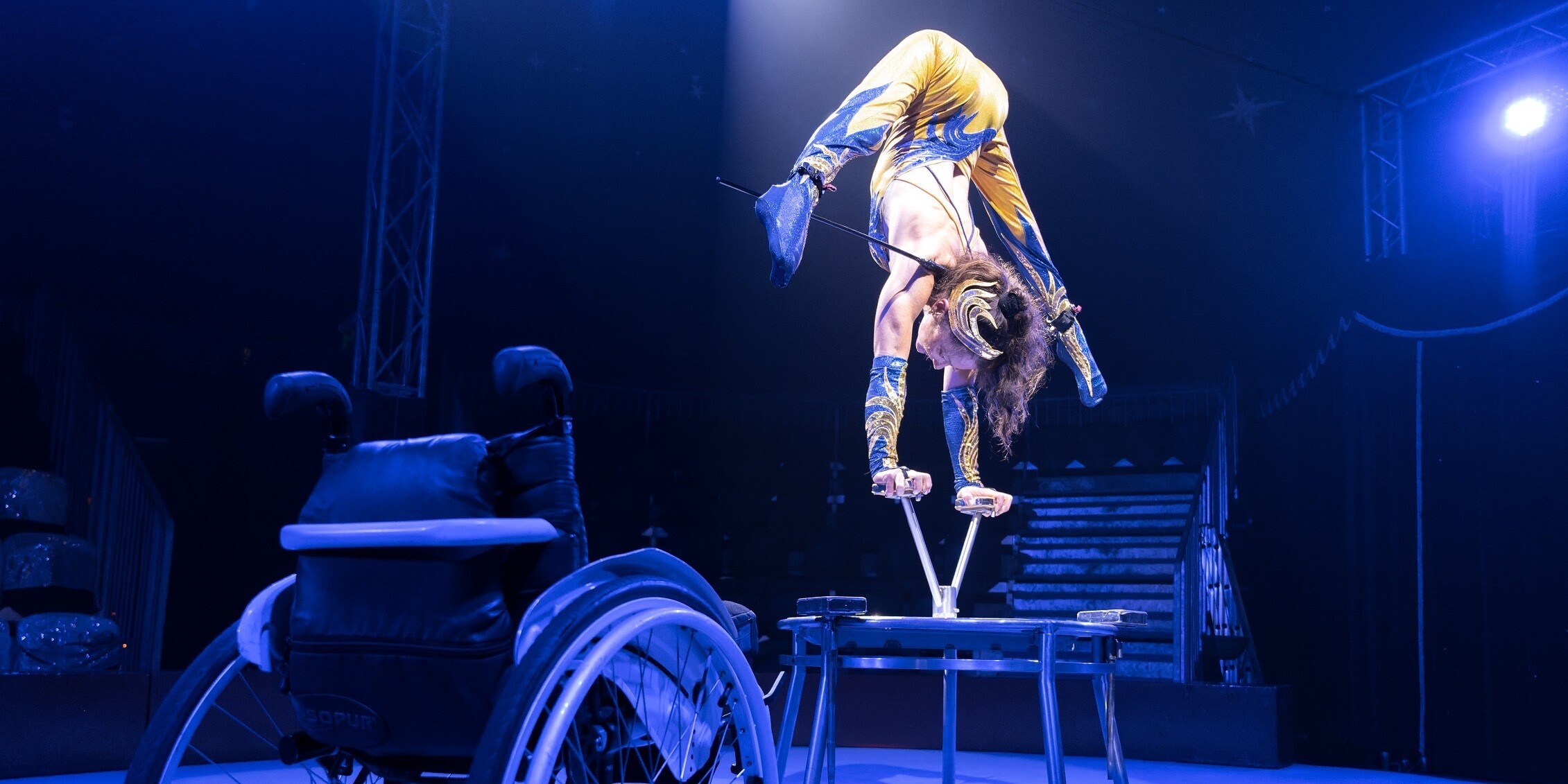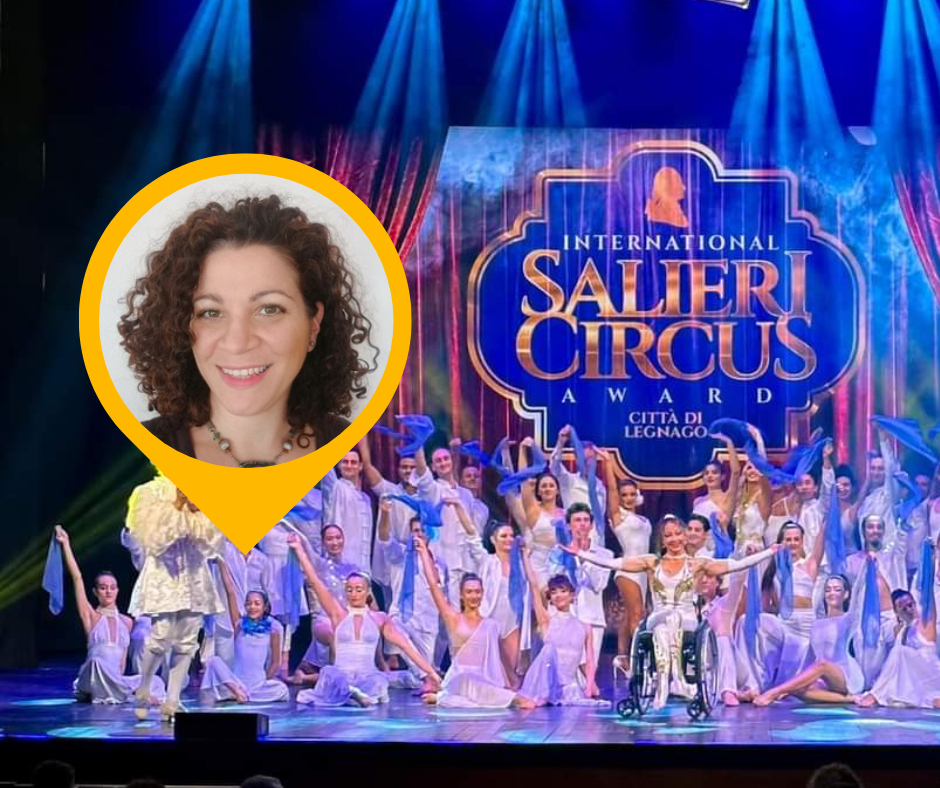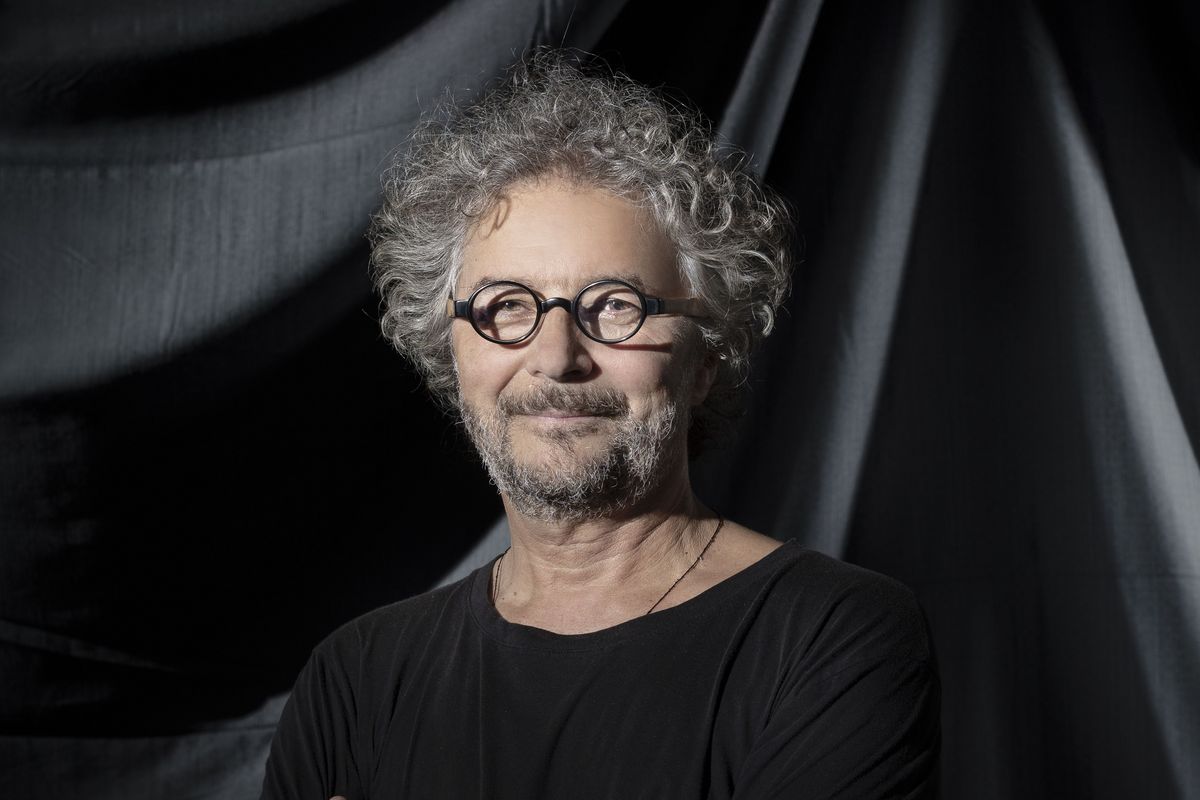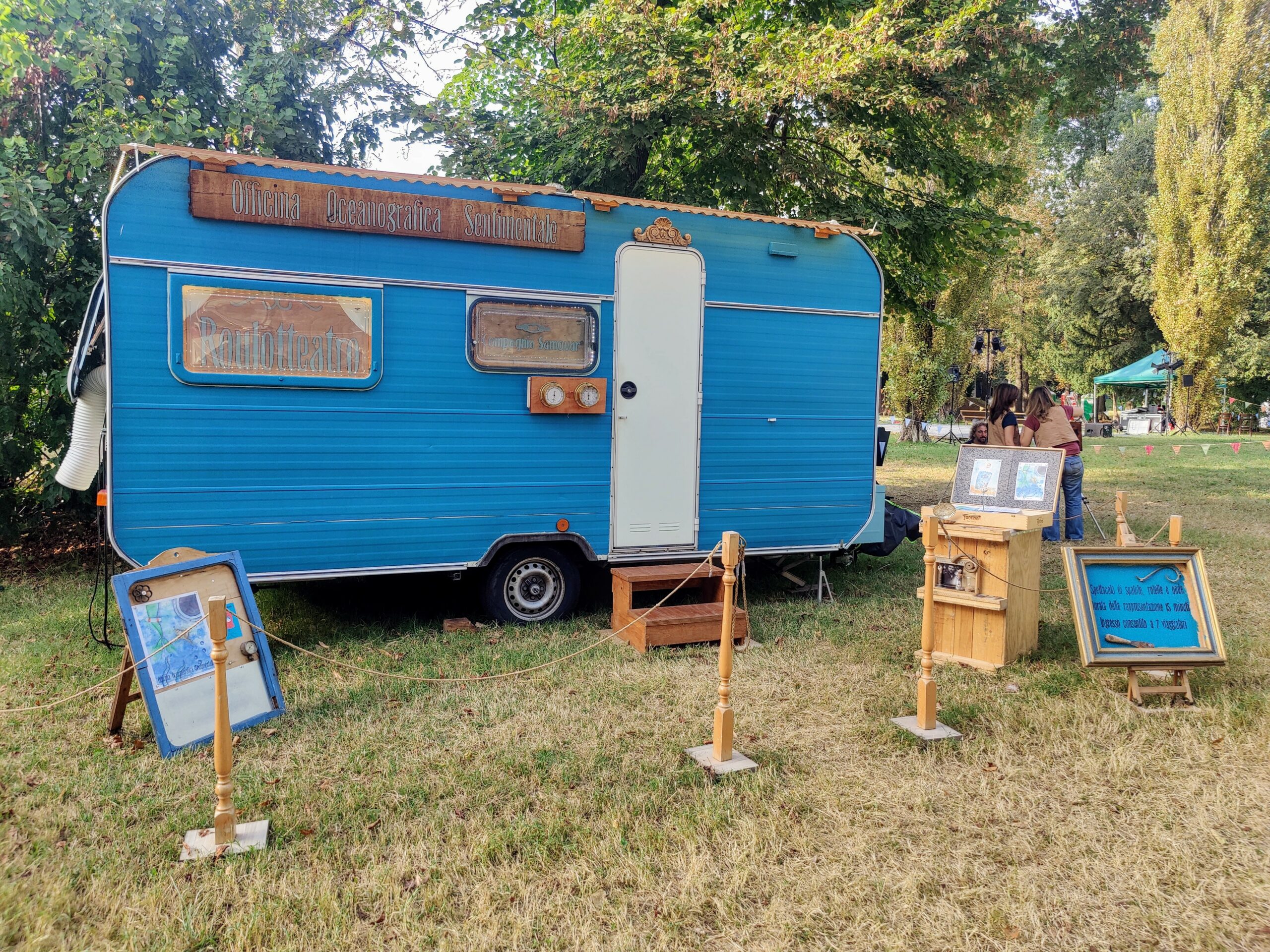On the occasion of the IV edition of the Salieri Circus Award, we awarded the special prize “CircusNews.it” to the Wise Fools Trio, an all-female trio composed of Maria, Valpuri, and Jaimee. Together, with their harmonious combination of grace, strength, and lightness on three trapezes that merge into a single large swing, they have created an intertwining of movements that elevates acrobatics to an experience of pure visual poetry. In this interview, we got to know them better…
How did you meet each other?
Maria and Valpuri met in a youth circus in Finland in Tampere when they were about 12 years old. Valpuri and Maria formed a group with a third Finnish girl in 2014 when they graduated from the ESAC circus school in Brussels with a triple trapeze act. When the third girl wanted to leave the circus and have a more grounded life, they found Jaimee, who was just about to graduate from ESAC and was looking for work. Jaimee had done triple trapeze before in her home country, South Africa, and she also brought her own specialty, cloud swing, to the group.
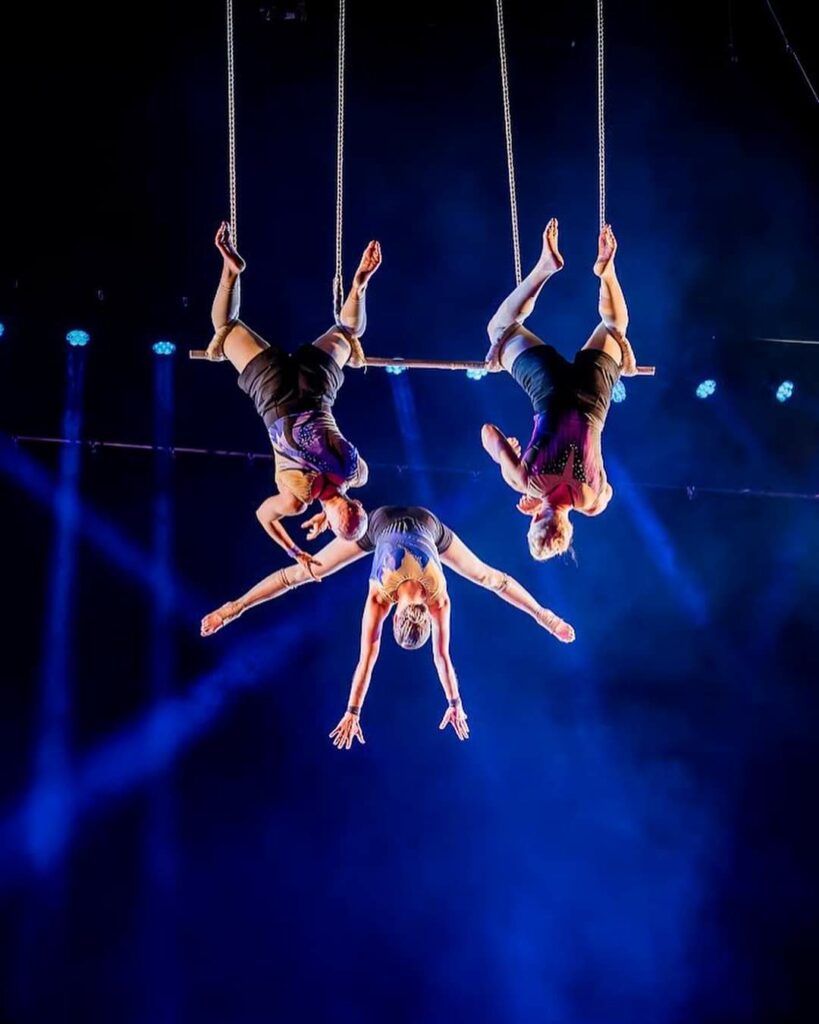
Why the name Wise Fools?
Wise Fools describes our idea of circus. It is kind of a bit ridiculous thing to do, but you have to be quite meticulous to succeed in it.
Are there any personalities from the circus world that inspire you?
Valpuri admires a lot the style of Cirque Rasposo in France. They combine circus and theatre in a very metaphorical and meaningful way. Of course, the old classic shows of the likes of James Thierree and Cirque du Soleil have been very inspiring.
What do you try to communicate to the audience when you are in the air? Is there a specific message or emotion you hope to convey?
Our messages definitely center around womanhood in the circus. We want to show in our work that women can be powerful, acrobatic, and skillful. We want to do work where the skill is more highlighted than “beauty.” We want to show women doing parts that are classically dominated by men, like the role of catcher/base. We also want to portray women working together as a team. In our appearance, we want to respect our identities and personalities. We don’t always feel comfortable looking like typical circus princesses, so we try to keep our integrity in our work while still respecting the format we are doing.
Mutual trust is fundamental in your work. Have you ever faced situations where this trust was tested? How did you overcome such challenges?
We have definitely had some moments of disagreement. I think at the end of the day we know each other well enough to know that everyone wants the best for others, and then you just need to find your way back to that thought, regardless of momentary misunderstandings.
Was there a specific moment in your career that made you doubt whether to continue? If so, what pushed you to move forward?
We haven’t really seriously thought of stopping. We all just really like the work very much, and while it’s going well for us, we keep rolling.
As female trapeze artists, have you ever encountered stereotypes or prejudices regarding your physical abilities compared to your male colleagues? How do you respond to these perceptions?
Definitely a lot. We work a lot in environments where we might be the only female performers. In circus competitions, traditional male skills like strength and acrobatic skill sometimes tend to be more highly valued than traditional female skills like flexibility. But then again, in the traditional circus, the “female act” is often expected to be in a specific format—like graceful, beautiful, with small costumes and big hair. We have never really fit well into this format because originally we were just more interested in working on different stuff. So from circuses, we sometimes get responses like, “What you do is interesting, but it’s not our style.” We have nothing against traditional female performance, but it would be nice if women could have the option to play more diverse acts and roles.
In the summer, we play a 30-minute show outside in summer events, and in those events, we always meet a lot of audience members. They always comment to us on how impressed they are by seeing powerful and energetic female performances (to note, this show also has multiple other acts and parts). By now, in those events, we have met hundreds of little girls who are also doing gymnastics or circus and who are inspired by the show. So for us, the demand to see women doing things is very strongly present among the wider audience!
During the past years, there’s been a lot of discussion around how limiting female roles have been in movies or in the music industry, and in those fields, we have seen a lot of development. The circus field, in its diversity, should definitely participate in this development also. A large part of the audience of traditional circus is still families with children. People who are now in the age of having children have grown up in a world where it’s normal to consider what kind of image of the world and womanhood you want to give to your children and your little girls.
A dream you keep close to your heart?
To keep being able to do this job, which is not at all self-evident, do more of our own shows, and expand.
